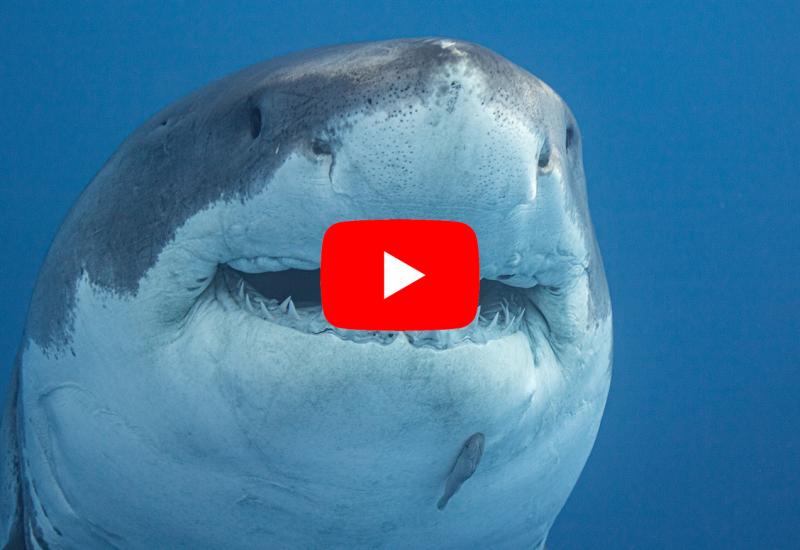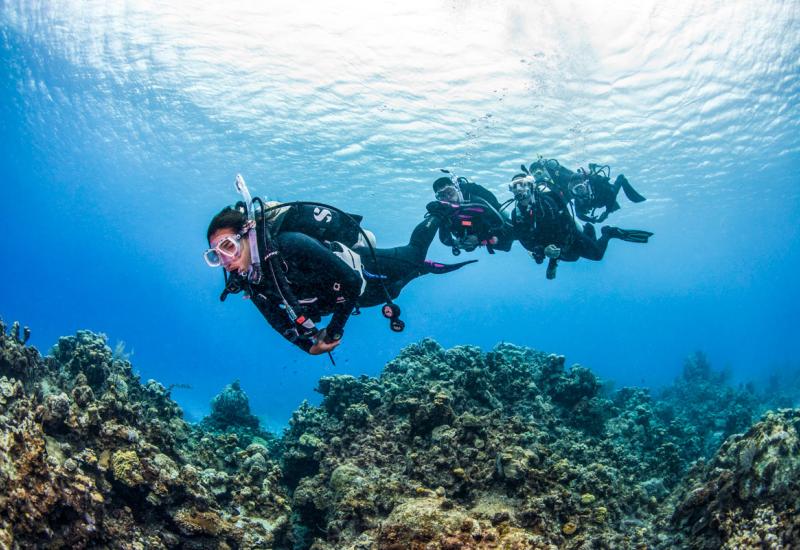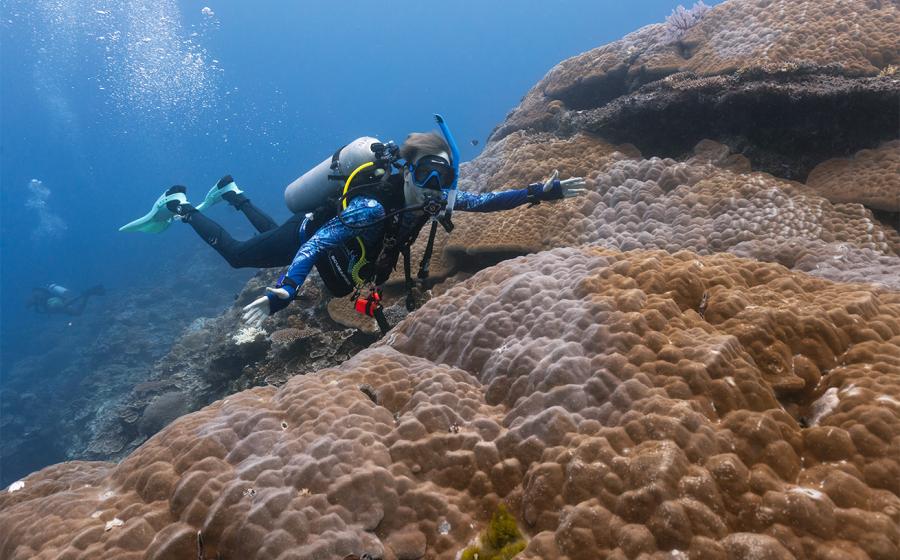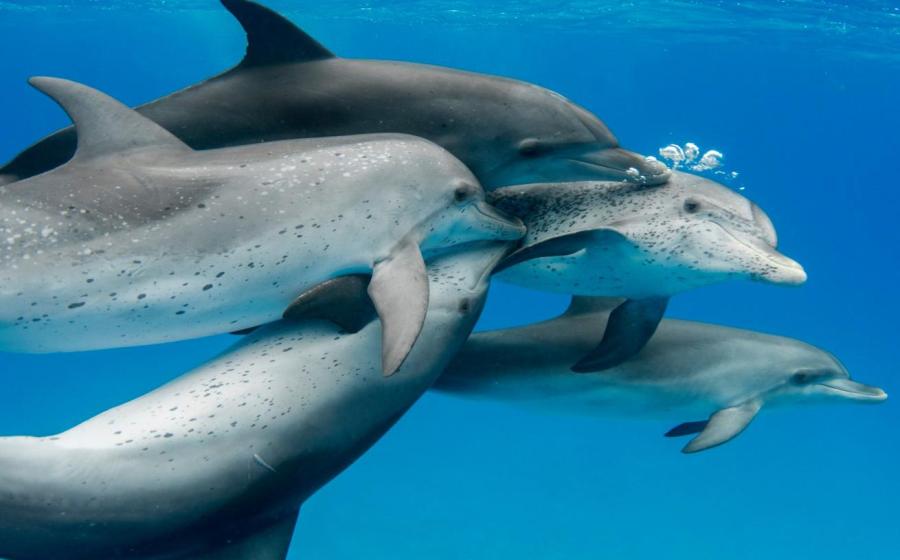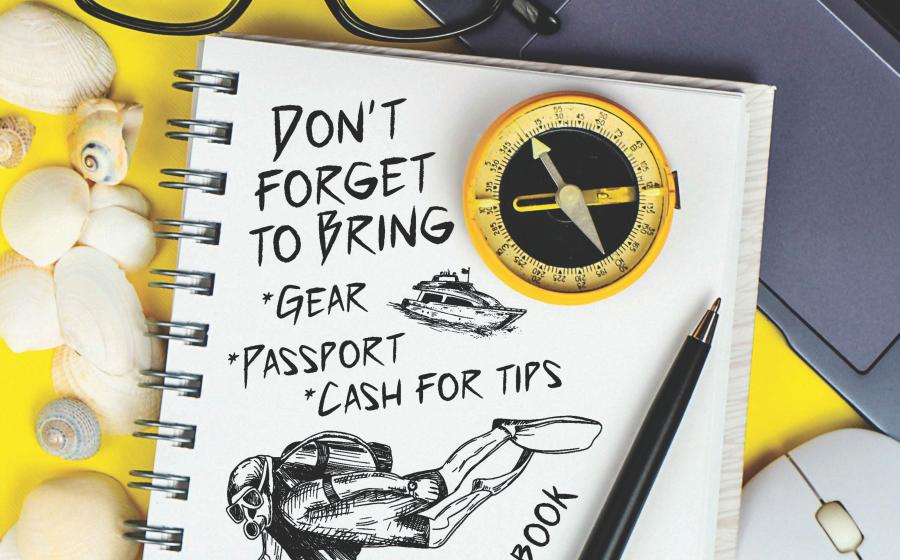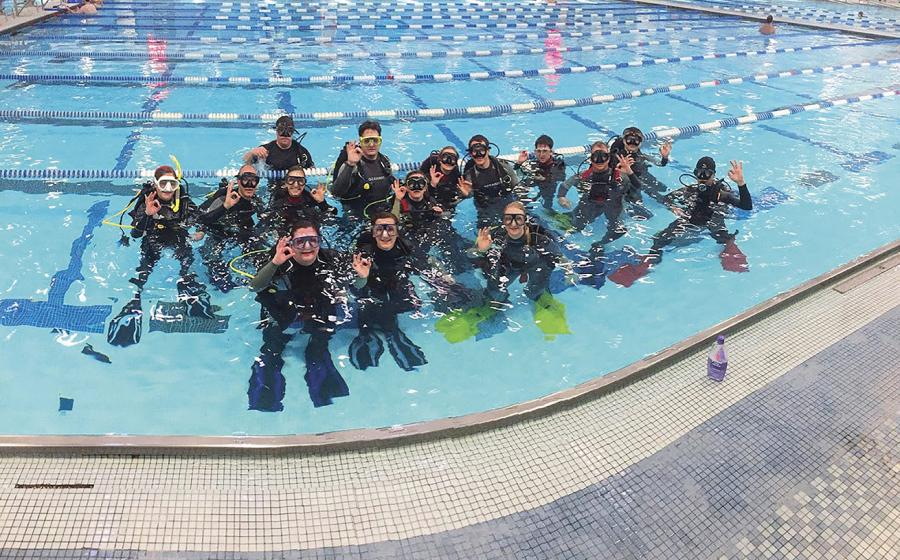6 Ripping Drift Dives
We dive for many reasons. Some to shoot photos. Some to count fish. And some of us do it for the rush. Maybe you know the type? Always down for deeper reefs, bigger sharks and faster drifts — the wilder the better. If you're anything like that, lazy drift dives just won't do. You need to feel the pull of the current as it wraps around rocks, to fly in formation alongside schooling sharks and massive manta rays, to barrel roll between coral heads like Maverick blowing the doors off Iceman. If that sounds like your scene, check out our top picks from the world’s wildest drift dives.
We dive for many reasons. Some to shoot photos. Some to count fish. And some of us do it for the rush. Maybe you know the type? Always down for deeper reefs, bigger sharks and faster drifts — the wilder the better. If you're anything like that, lazy drift dives just won't do. You need to feel the pull of the current as it wraps around rocks, to fly in formation alongside schooling sharks and massive manta rays, to barrel roll between coral heads like Maverick blowing the doors off Iceman. If that sounds like your scene, check out our top picks from the world’s wildest drift dives.

Andy MurchSituated in the remote Tuamotus of French Polynesia, Fakarava is a divers dream, but it’s not for the faint of heart. On the south end of the atoll, divers hit the water at the mouth of Tumakohua Pass, a narrow channel leading into the atoll lagoon. On an incoming tide, the current sucks into the channel like water down a drain, reaching speeds up to 4 knots.
“You start in the open sea and swim toward the mouth of the pass,” says Mary Anne Leou of TOPDIVE Fakarava. “This is where you find the gray-shark wall.”
The signature feature of this dive is towering a gauntlet of sharks — hundreds of grays, black tips, white tips and more — that block the entrance. Once into the pass divers sweep past the coral-draped walls packed with Napoleon wrasse before they’re ejected into the calm waters of the lagoon.

Thomas VignaudHumphead wrasses are one of the many unique diving companions at the Tumakohua Pass in Fakarava.

David WallFor serious drift divers looking to give themselves over to the current, rivers are the place to look. However, finding a good stretch with dive-friendly speed, depth and visibility can prove tricky — unless you’re in New Zealand.
Lance McKirdy and Simone Schreck, owners of Descend Scubadiving on New Zealand’s South Islands, have pioneered a truly ripping drift on the Clutha River.
“We think it’s the fastest drift in the world,” Schreck says.
The couple has intimate knowledge of nearly 20 miles of river; they customize the dive based on experience levels. For more advanced drifters looking for the ultimate thrill ride, they’ll run a section nearly 4 miles long, where currents up to 12 mph sweep divers over boulder fields, beneath class-three rapids and through whirlpools.
“Devil’s Nook is known as one of the strongest switchback rapids in the world, where the river makes a 90-degree turn and creates a powerful whirlpool,” she says. “It’s possible to dive through the eye of it, where large ironstones spin with the force of the water — it feels like navigating an underwater tornado.”

David FleethamLong considered one of the best wall dives in U.S. waters, the Back Wall of Molokini is one of those spots in the ocean where anything can happen. Rising vertically from the Auau Channel, the sheer backside of this crescent-shaped cindercone sits at the heart of humpback territory, just minutes from the South Maui town of Kihei.

David FleethamDivers who splash into the frothing white water will make a fast descent into a jungle gym of house-sized boulders and volcanic fissures packed with whitetip reef sharks.

Masa UshiodaWhen diving at Molokini Back Wall, kick off the wall on a fast flow where big pelagics such as giant Pacific mantas and whale sharks do their feeding dance to the tune of whale song.

Bonnie PelnarCozumel — the Caribbean’s unofficial drift-diving capital — has more awesome drift dives than you can shake a fin at, but one of the best is the outer wall of the famous Palancar Reef system, an area called Palancar Deep. Cracks and canyonways punctuate the wall, offering many chances to duck in and out of the current for a closer look at the marine life.
“Because the currents keep Palancar Reef so well nourished, huge fan corals and sponges are everywhere,” says Stacey Burton, from the boutique Cozumel dive shop Dive with Martin.
“I’ve seen everything from Palancar Deep: sharks, morays, giant parrotfish and spotted eagle rays.”
She recommends starting the dive on the deep wall and drifting with the current into the shallower, neighboring dive site, Palancar Caves.
“It’s a great combination to start with the beautiful walls and finish exploring all those tunnels over a nice sandy bottom.”

Lill HaugenCozumel might be the king of the Caribbean drift-diving scene, but the tiny island of Tobago can give Coz a run for its money. This Windward Isle near the coast of Venezuela is not only subject to strong currents, but also rich nutrients flowing from the Orinoco River, which means Tobago’s reefs are magnets for open-ocean filter feeders such as manta rays. Divers get a firsthand thrill ride when they drop into Japanese Gardens at the southern end of Goat Island.
“Currents are extremely variable,” says Wayne Palmer of Blue Waters Dive’n at the Blue Waters Inn Resort. “They range from nothing to a 6 mph rush.”

Eco/UIG/Getty ImagesThe Tobago dive sweeps over reef gardens frequented by mantas, nurse sharks and moray eels, but it comes to a head when the current hurtles divers toward the towering boulders called the Kamikaze Cut.
“We go single file through the 7-foot wide passage,” Palmer says. “As you leave the cut, the current drops off and we can look for sleeping nurse sharks under the overhangs.”

Norbert WuWhen you drop onto the reef just upstream of Palau’s Ulong Channel, get ready — when you hit the mouth of the channel, you toss out a reef hook, halting your drift like Batman skidding along a sidewalk.
Hooked in, you face the flow, whipping like a kite in the current as a storm of reef sharks and grouper closes in around you. And that’s only the beginning, says Marc Bauman of Sam’s Tours Palau.
“After hanging in the current, watching the sharks cruise by on the incoming tidal flow, we unhook and drift effortlessly through the channel.”
The coral-covered walls of the passage create a fish highway that’s constantly buffeted by rich South Pacific waters. Carried by the current, you can zigzag among plate corals packed with reef fish, fields of rare lettuce corals and stingrays digging in the sandy channel bottom.



